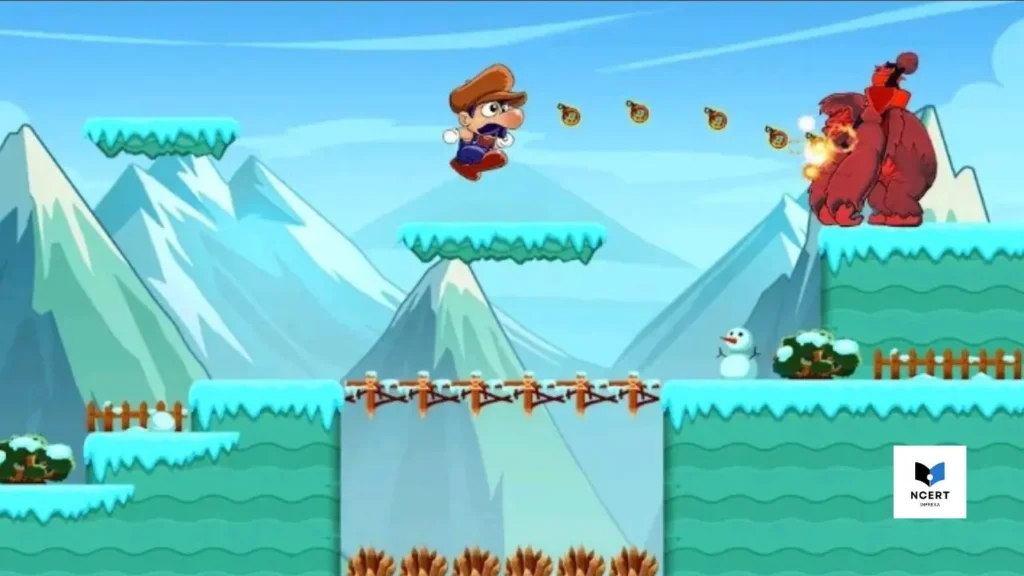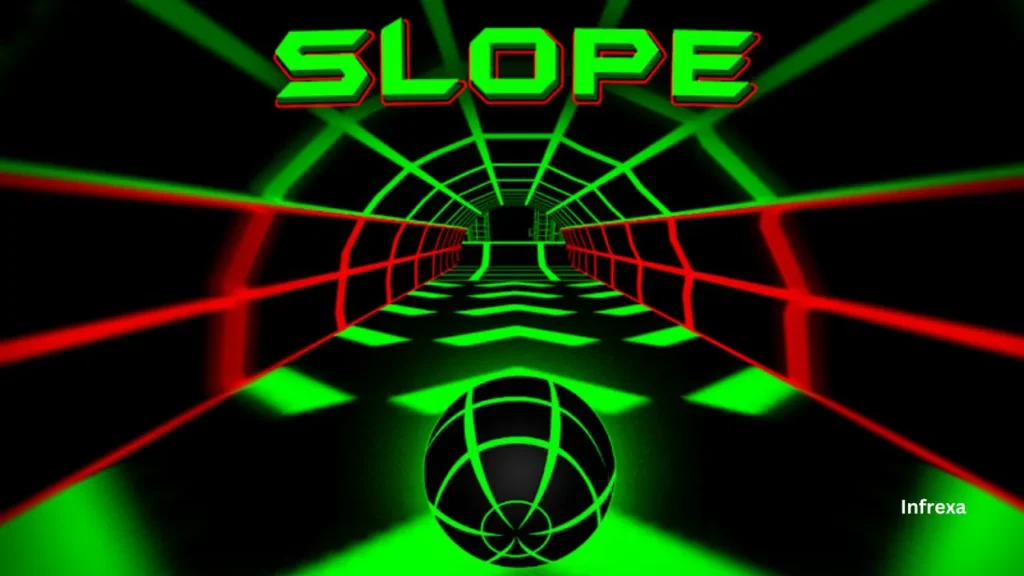Unfair Mario is not a single, official Nintendo title, but a term used to describe a popular wave of Kaizo (Japanese for “reorganize” or “remodel”) games. These are custom-made platformers, starting with the notorious Kaizo Mario World hacks, that take the precise physics of Super Mario and use them against the player. Their purpose is not to entertain through traditional fun, but to challenge the limits of player persistence, memory, and technical mastery.
Unfair Mario itself first appeared as a Flash browser game in 2008, directly inspired by the earlier Kaizo Mario World hacks, and quickly spread online through rage-game communities.
The Origins and Core Philosophy of Unfair Mario
| Concept | Description | Expert Insight |
| Kaizo Mario | The unofficial subgenre of brutal, expertly designed Super Mario ROM hacks that originated in the early 2000s. | Unfair Mario titles are typically simpler, browser-based clones of the more complex, frame-perfect challenges found in true Kaizo hacks. |
| The Design Principle | “Die to Learn.” The level is visually deceptive; the actual path and sequence of moves can only be discovered through failure. Every obstacle is solvable, but only after dying to it. | The developer’s expertise lies in anticipating the player’s intuition and punishing it. It’s an adversarial, metagaming challenge. |
| Required Skill | Memory and Execution. Unlike traditional games that test reaction time, Kaizo games primarily test the ability to perfectly recall and execute a long, complex sequence of precise jumps. | This is a test of endurance and muscle memory over hundreds of failures, not casual skill. |
Common Traps and Weaponized Design Elements
The genius of the Kaizo genre lies in the subtle ways it weaponizes the core Mario physics (which players already trust) against them.
1. Weaponized Elements
| Element | Traditional Function | Unfair Function (The Trick) |
| Goombas/ Koopas | Standard enemy; jump to defeat. | Used as required mid-air platforms or placed behind invisible blocks, instantly turning harmless jumps into death traps. |
| Invisible Blocks | Hidden reward blocks that appear when hit from below. | Placed directly above the first jump or a key enemy, causing the player to immediately hit the block and fall into a pit. |
| Pipes/Walls | Solid background elements. | Often a death trigger; touching the side of a seemingly safe pipe/wall instantly kills Mario without explanation. |
| Sound Cues | Provides positive reinforcement (e.g., coin sound). | Misleading Cues. A coin sound might be triggered by an invisible coin in a death pit, training the player to jump to their doom. |
2. The Core Mechanic: Trial-and-Error
In Unfair Mario and Kaizo games, the path to success requires players to discard common platformer logic and treat the game like a memory puzzle. A single, successful run requires zero errors, as nearly every mistake leads to an instant reset.
The moment of true accomplishment in this genre isn’t beating the level but achieving perfect recall. You aren’t playing the level; you are performing the solution you spent hours memorizing. Progress is not measured in distance, but in how many consecutive obstacles you clear without a mistake.
Strategies for Surviving Unfair Games
A new player approaching this genre needs specific, non-obvious strategies to survive.
| Strategy | Why It Works |
| Test the Ground | Every step should be tentative. Move forward only one character width at a time. The ground itself is the deadliest trap. Trust nothing. |
| Use Visual Cues | Since the traps are hidden, look for small, subtle visual signals from the developer, such as a single pixel of discoloration, a suspiciously placed cloud, or a missing background object, which often mark the exact location of a safe spot. |
| The Save State Loop | If playing a version that allows it (like emulated Kaizo hacks), utilize save states after every single successfully executed, complex sequence. |
| Identify the ‘Engine’ | Determine whether the game relies on precise timing (the same sequence always works) or precise movement (momentum must be perfect). |
Final Note
The “unfair” subgenre has had a powerful and lasting cultural impact, largely popularized through streaming platforms. Watching a player spend hours dissecting a single screen of a Kaizo level transforms gaming from entertainment into a form of endurance performance art.
- Accessibility: The challenge is highly accessible; all you need are the four basic Mario directional inputs.
- Stream Culture: The constant cycles of immediate failure and eventual triumph generate dramatic tension, making these games incredibly popular to watch, even for those who would never play them.
These games are not about fun in the traditional sense, but about perseverance and the satisfaction of overcoming an intentionally hostile design, a true test of a player’s dedication to perfect execution.



